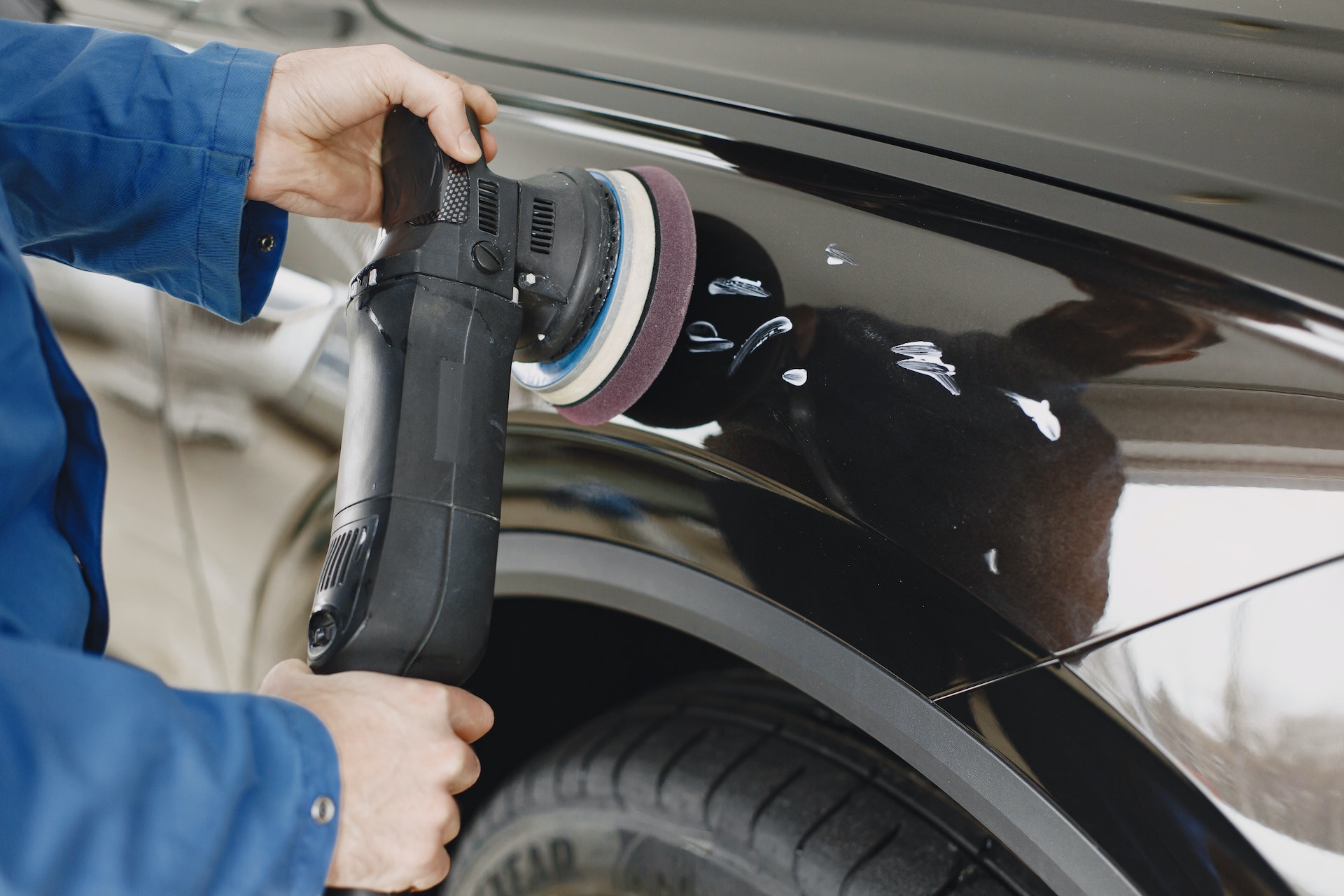ULSAN, South Korea — A new transparent coating can actually get rid of those ugly scratches in your car after just 30 minutes, scientists reveal. A team in South Korea says the protective material “self-heals” damaged surfaces using nothing but sunlight!
Until now, researchers say it’s been difficult for manufacturers to create a coating that’s colorless, transparent, and has a high level of durability. The new material fills all of those needs, according to Dr. Jin Chul Kim, Dr. Young il Park, and Dr. Ji-Eun Jeong of the Korea Research Institute of Chemical Technology (KRICT).
“The developed technology is a platform technology that synthesizes self-healing coating materials using both inexpensive commercial polymer materials and photothermal dyes. It is expected to be widely used not only in automotive clearcoats but also in various applications,” says Dr. Jin Chul Kim in a media release.
To examine their invention’s performance, researchers coated a lab-scale model of a car using a spray-coating machine. The team then exposed the scratched car to midday sunlight for a half-hour. Results reveal that the scratches completely disappeared, with the surface of the coating material fully restored.

How does the coating work?
When the material absorbs sunlight, its surface temperature rises as light energy turns into thermal energy. The higher temps make it possible for the self-healing to begin through the dissociation and recombination of chemical bonds in the surface polymers.
Study authors combined a commercial coating resin with a dynamic chemical bond (Hindered urea structure) that allows this process to occur. They also mixed it with a transparent photothermal dye, so the chemical bonding starts after exposure to sunlight.
Although this is not the first time scientists have experimented with photothermal dyes, previous studies mainly used inorganic materials that are hard to apply industrially while maintaining a clear and transparent color. Moreover, study authors say inorganic materials need more light energy to trigger a photothermal effect than their urea coating does.
The team also used transparent organic photothermal dyes that absorb near-infrared light. This type of light consists of long-wavelength energy and accounts for less than 10 percent of natural sunlight.
Researchers add that there are several perks to using organic photothermal dyes in commercial coatings. These include not affecting the product color, easily blending with various types of paints, and being generally cheap to use.
Aside from repairing car surface, study authors say this new coating can become a protective material for mass transit vehicles, electronic devices like smartphones, and even buildings in the future. Since the material uses fewer harmful organic solvents, the team says their invention would likely be carbon neutral, unlike repainting a scratched vehicle.

CREDIT: Korea Research Institute of Chemical Technology (KRICT)
The study is published in the journal ACS Applied Polymer Materials.
